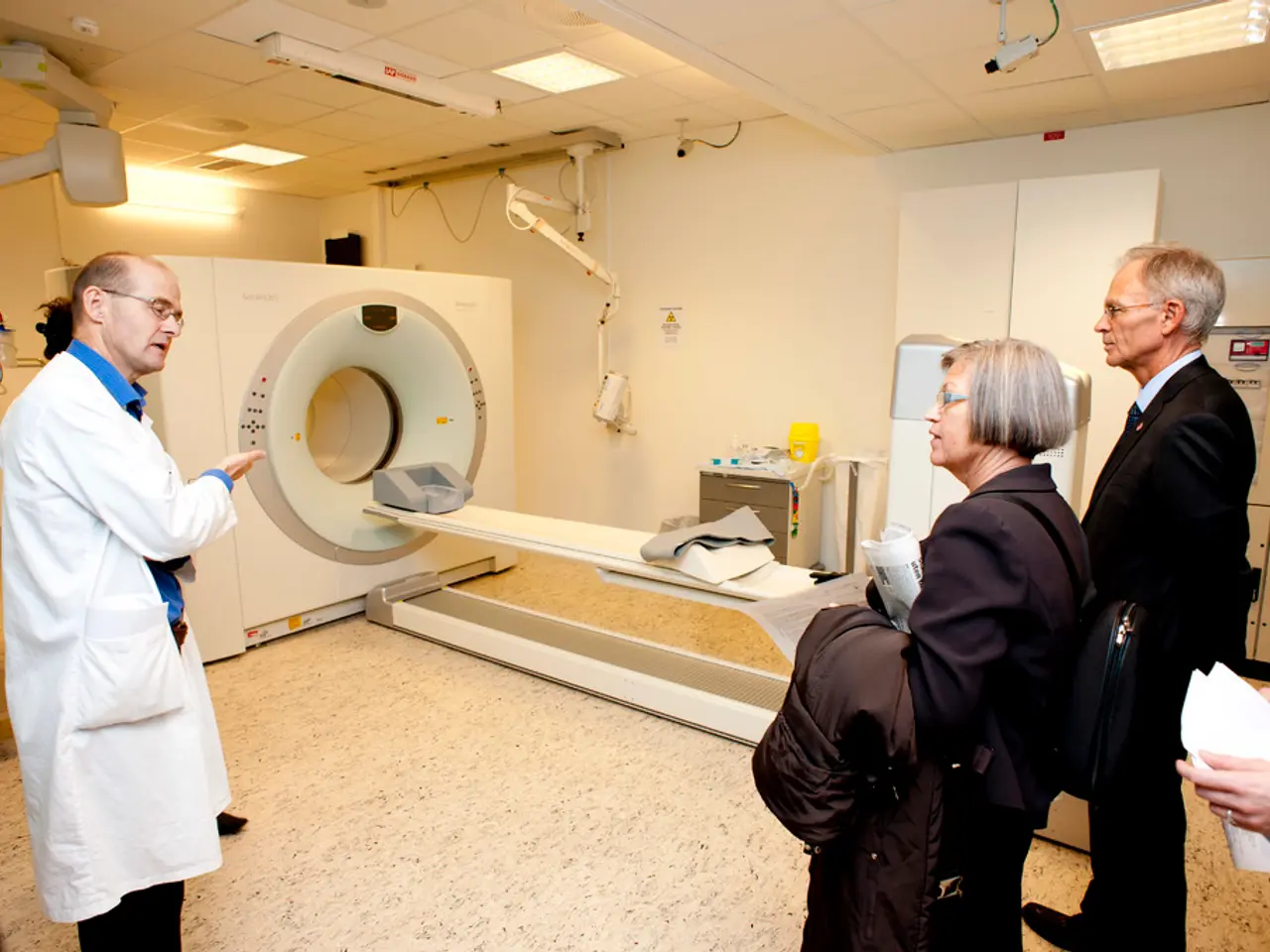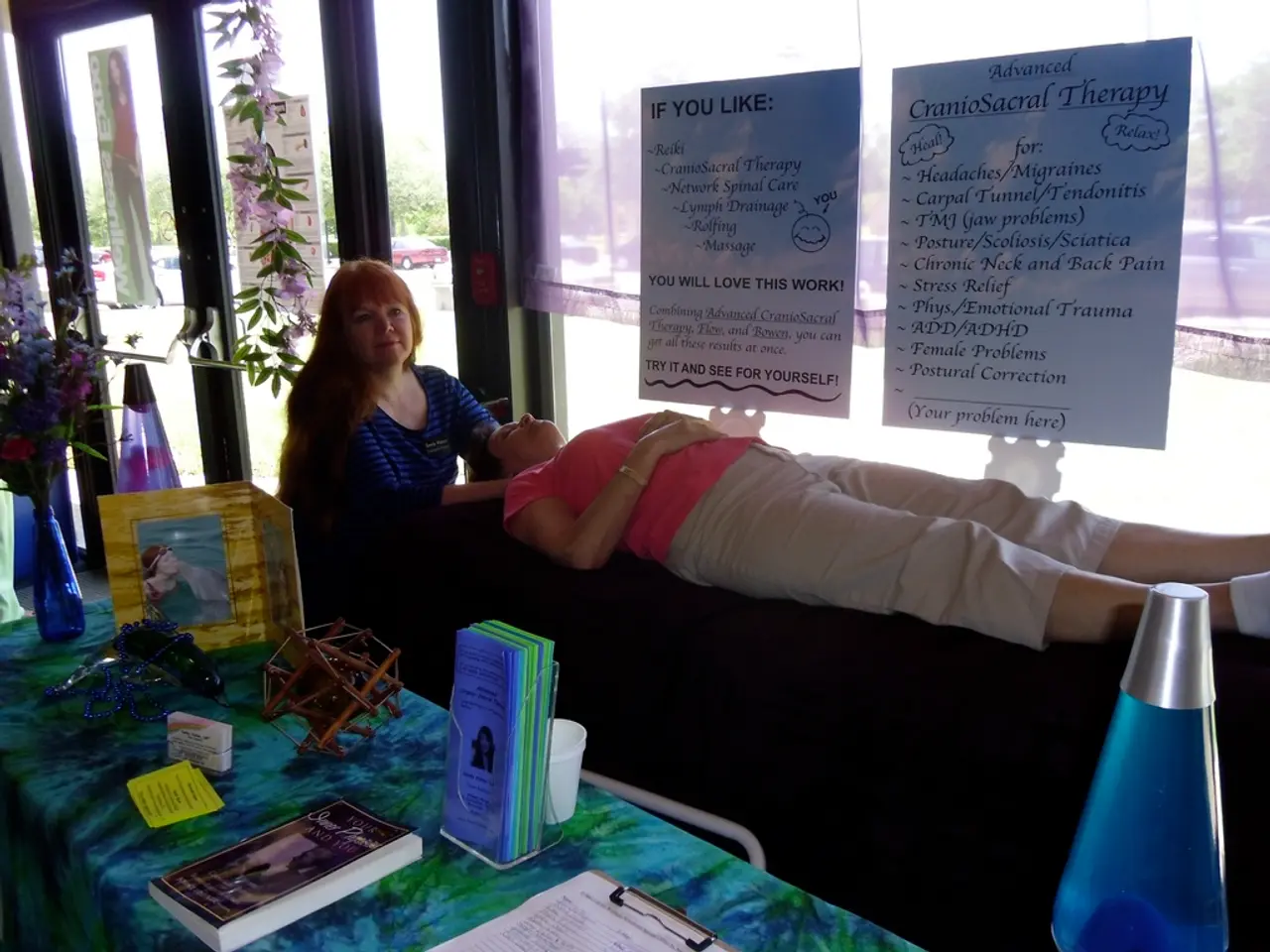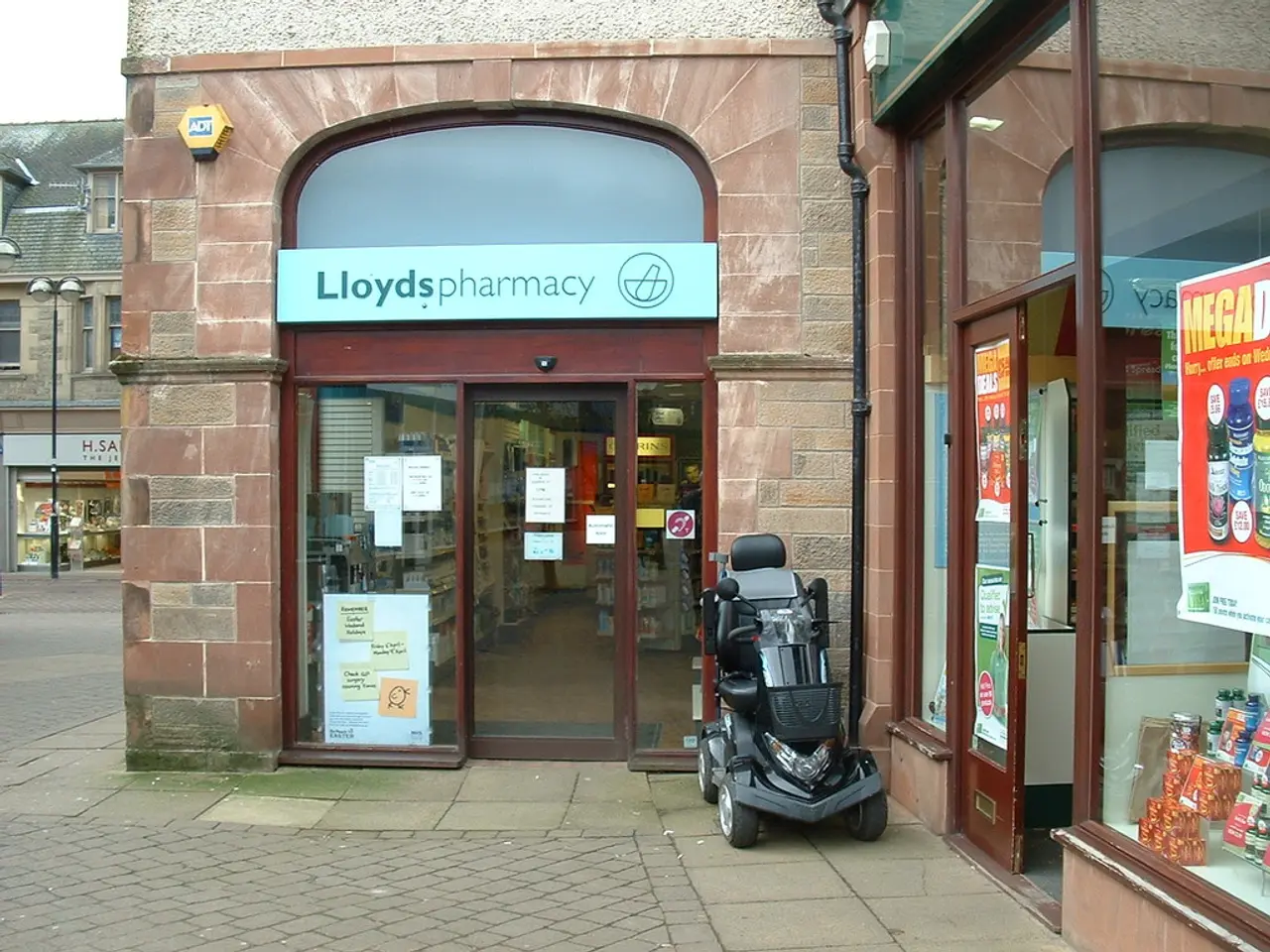Join the UV-C Revolution: Eradicating Germs in Public Spaces
Scientists Propose Using UV-C Radiation to Minimize Bacteria and Viruses - Scientists Propose Utilizing UV-C Light to Lessen Germ Prevalence
Want to say goodbye to pesky germs lurking in your favorite public spaces? Researchers in Leipzig are on a mission to make that happen, using UV-C radiation to zap them away. But don't worry, these scientists aren't messing with real people - just 30 air-filled dolls that are taking the place of students in a classroom-sized lab.
sound, this unique lab project is a collaboration between HTWK Leipzig, the University of Leipzig, the Helmholtz Centre for Environmental Research, the Leibniz Institute for Tropospheric Research, and some mighty Industry partners. With a budget of over 2.5 million euros from the Federal Ministry of Education and Research, they're ready to discover how UV-C disinfection systems can banish viruses and bacteria from our spaces!
So, what exactly is this magic stuff called UV-C? It's ultraviolet radiation with wavelengths between 100 and 280 nanometers, and it packs a powerful punch against bacteria and viruses. But, like all powerful things, it can potentially be harmful to your health - think eyes and skin.
The team in Leipzig aims to figure out how to create rooms that will be germ-free, using UV-C disinfection systems. And with their cutting-edge technology, these researchers might just revolutionize public health. Want to learn more about the wonders of UV-C? Keep reading!
Destroying Germs with UV-C: The Science Behind It
Disinfecting Surfaces
Research has shown that UV-C light can effectively wipe out pathogens on different surfaces. Far UV-C technology, in particular, has been proven to reduce contaminants on medical equipment, such as transport chairs and physical therapy devices. It even managed to obliterate scary superbugs like methicillin-resistant Staphylococcus aureus (MRSA) and Candida auris by more than 2 and 3 logs10 CFU after 4 and 12 hours of exposure, respectively[1]. Impressive results!
UV-C technologies are a quick, low-maintenance, and cost-effective alternative to chemical disinfection, without any annoying chemical smells or harmful byproducts[4].
Disinfecting the Air
UV-C isn't limited to surfaces - it can also disinfect the air, especially airborne pathogens. Upper room UV-C systems have the ability to treat a large portion of air all at once, making them perfect for occupied spaces. They've been shown to provide high levels of equivalent ventilation, which can save money compared to mechanical ventilation[4].
Research has demonstrated that UV-C can significantly reduce microbial concentrations in air ducts, leading to improved indoor air quality and better health for everyone[4]. It's all about breathing easier and staying healthier!
Keys to Effective UV-C Disinfection
- To achieve optimal results, UV-C systems require the right intensity of light, exposure time, distance from the source, and consideration of any shielding materials.
- While UV-C shows great promise, mixed results have been reported in clinical settings, and further research is required to confirm its efficacy across various environments[5].
So, there you have it - with UV-C, the future of germ-free spaces is just around the corner! With this innovative technology, we can say goodbye to illness-causing germs and hello to cleaner, healthier public spaces. Keep an eye on those Leipzig researchers – they might just change the world!
References:[1] https://www.ncbi.nlm.nih.gov/pmc/articles/PMC6208094/[4] https://www.ncbi.nlm.nih.gov/pmc/articles/PMC5549832/[5] https://www.ncbi.nlm.nih.gov/pmc/articles/PMC4223103/
- The use of UV-C technology in public spaces could potentially aid in managing various medical-conditions, as it has shown promising results in eliminating harmful pathogens, such as MRSA and Candida auris, from surfaces and air.
- To ensure other health-and-wellness benefits and promote the best outcomes in terms of disinfection, it's crucial to consider factors like the intensity of the UV-C light, exposure time, and distance from the source when implementing UV-C systems, while also keeping in mind any shielding materials that may impact their efficacy.



